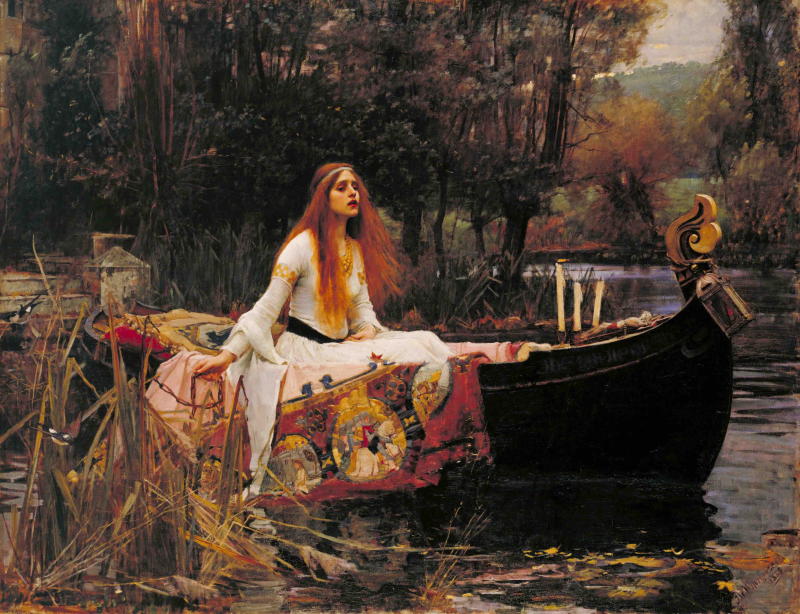INTRODUCTION If we compare works of art from different periods, we can see each one has a unique style and technique. The painting is one of the oldest human activities in the history and a way to represent the culture and ideology of that period so we can say that it always changes. In the following points it will be shown which are the characteristics of the art depending on the moment in which it...
About me
![#wattpad #fanfic -Donde TaeHyung se enamoró de una chica de Instagram. beliketae © 2017 [...] [21/9/17 - #29 en FANFIC] [22/9/17 - #64 en FANFIC] [23/9/17 - #146 en FANFIC] [24/9/17 - #278 en FANFIC] [26/9/17 - #485 en FANFIC] [27/9/17 - #833 en FANFIC] [28/9/17 - #965 en FANFIC] [01/9/17 - #42 en...](https://i.pinimg.com/564x/ef/37/02/ef3702832c3eab24f46b48d68c252a1b.jpg)
“Photography is a reality so subtle that it becomes more real than reality.”
― Alfred Stieglitz
Categories
- About me (1)
- Audiovisual culture (3)
- black and white images (4)
- Colours (2)
- Homage (5)
- posters (1)
Recent posts
Sponsor
Blog Archive
- octubre 2020 (1)
- junio 2020 (1)
- febrero 2020 (3)
- enero 2020 (1)
- diciembre 2019 (2)
- noviembre 2019 (2)
- octubre 2019 (2)
- septiembre 2019 (1)




